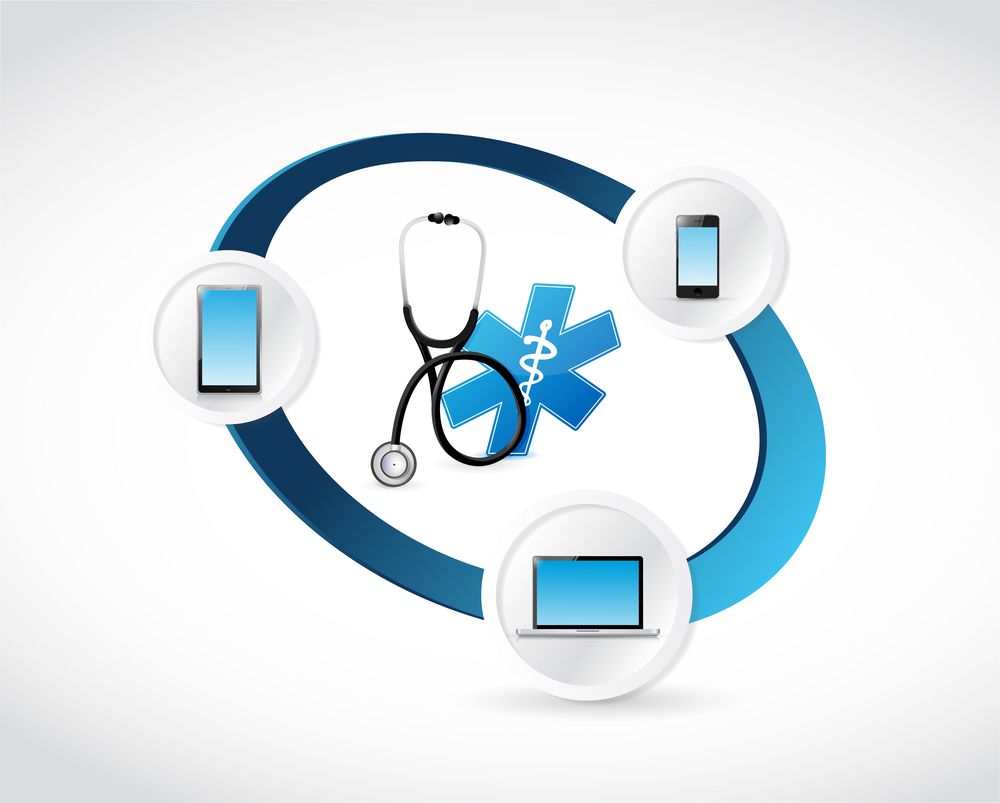Marijuana is currently classified in the United States as a Schedule I drug; substances which are classified as addictive and dangerous with no medicinal properties. Dr. Sanjay Gupta, a neurosurgeon and medical correspondent for CNN, initially stated he did not see marijuana’s medical potential but has since apologized for contributing to negative attitudes about medical marijuana and changed his stance entirely.
Quality of Life & Pharmaceutical Drugs
Marijuana is highly stigmatized as a result of its Schedule I classification and its reputation as a drug used to get high. After meeting with medical marijuana patients all over the U.S., Dr. Gupta discovered that for many of them, the drug improved their quality of life when pharmaceutical drugs failed.
Not all strains of marijuana result in a high. THC is the component that causes users to become intoxicated, but another cannabinoid, CBD, helps with symptoms such as pain, nausea, insomnia and seizures without producing a high. Therefore, strains high in CBD and low in THC do not have recreational value but can treat patients with a variety of conditions.
Spreading awareness
Dr. Gupta produced two documentaries for CNN, titled simply Weed and Weed 2, to share these people’s stories with the public. In his first documentary, he meets with the family of a young girl suffering from Dravet syndrome, which caused her to have 300 epileptic seizures a week. Her parents desperately searched for a cure, and terrified for their daughter’s life, they began considering medical marijuana. When they discovered a strain high in CBD and low in THC and administered it to their daughter, her seizures drastically decreased. A strain known as Charlotte’s Web was named after her and has since been used to treat children with debilitating seizures, but it is only available in Colorado and cannot be carried over state lines. Therefore, several families who need this drug are moving to Colorado. The drug is not inhaled but administered as an oil.
Dr. Gupta continues to spread awareness of medical marijuana in his recent documentary Weed 2. He begs the public as well as medical professionals to recognize the value of the drug and take it seriously. Nabiximols is a pharmaceutical spray extracted from cannabis and developed in the U.K., and it is recommended for the treatment of multiple sclerosis. Currently the drug is not available in the U.S.. As researchers continue to shed light on the benefits of cannabis, other pharmaceutical drugs extracted from the plant may become available to the patients who need them.
Canadian rulings on use of medical marijuana have progressed a lot further. While earlier a ban on grow-your-own medical marijuana had been planned by the Canadian government, the decisions were reversed after the Federal Court ruled anyone already licensed to be alloweded to grow medical marijuana in their own homes. While marijuana seeds are publicly obtainable via commercial businesses, patients should keep in mind that marijuana is not an approved drug and marijuana is only available through licensed producers. On its website, Health Canada states:
Dried marijuana is not an approved drug or medicine in Canada. The Government of Canada does not endorse the use of marijuana, but the courts have required reasonable access to a legal source of marijuana when authorized by a physician.
